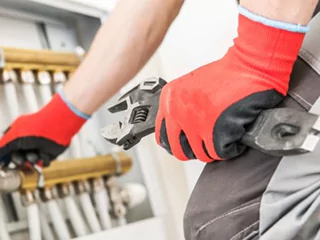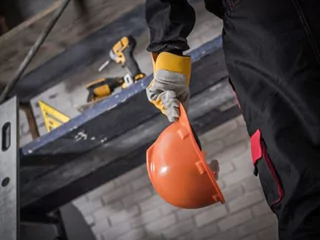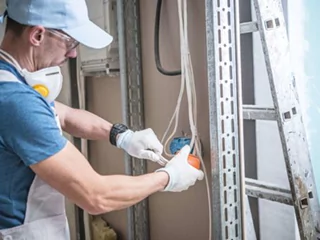Discover Best Floor Coatings
Proudly Serving the Island of Oahu
Concrete Coatings Hawaii provides the best concrete floor coating solutions for residential, commercial and industrial applications. Our polyurea coating is 4X stronger than epoxy, UV stable, 100% antibacterial, chip and peel resistant – backed by limited lifetime warranty.
Garage Floors
Driveways & Sidewalks
Pool Decks & Patio
Custom Residential
Commercial
industrial
Extremely Durable &
Elegant Floors in Just 1 Day!
Extend the Life of Your Concrete Floors, With Polyurea
Floor Coatings from Penntek Industrial Coatings.
Extend the Life of Your Concrete Floors, With Polyurea Floor Coatings from Penntek Industrial Coatings.
- 4X Stronger Than Epoxy
- Will Not Chip or Peel
- Installed in Just 1-Day
- Resists Salt, Oil, & Gas
- UV Stable, NO Fading or Yellowing
- Limited LIFETIME WARRANTY
best polyurea coatings made by Secondary Containment Org. We offer concrete treatment and resurfacing, and coatings for various applications, including garage floors, driveways, patios, pool decks, commercial service areas, and industrial settings. Get in touch today to learn how we can help transform your concrete floors.
Schedule Your
Free Quote
Polyurea vs Epoxy

Impact Resistance
Our impact resistant coating can withstand way more abuse, increasing longevity of the coating over epoxy.

Stains & Spills
Spills happen, and with our coating all you need for an easy cleanup is a towel and general purpose cleaner.

Impact Resistance
Our impact resistant coating can withstand way more abuse, increasing longevity of the coating over epoxy.

Stretch & Flex
Our coating is 98% more flexible than epoxy which allows it to resist most impacts, preventing chipping or peeling.


ONE DAY
Floors in Hawaii
Let us transform your garage floor, patio, and concrete surfaces of similar size in just one day!
Our garage floor coating is engineered for exceptional durability, capable of withstanding constant use, impacts, substrate shifts, and high temperatures. Unlike epoxy, our polyaspartic polyurea remains vibrant and doesn’t yellow over time. Its chemical resistance simplifies cleanup of garage spills and messes. Breathe new life into your weathered concrete garage floor with our concrete resurfacing and brand-new coating services.
Residential
Concrete Coatings
Is your concrete floor spalled or cracked? No problem! Our floor refinishing service is perfect for mending cracked or aged concrete. Our coatings do more than just dazzle, it can elevate your home’s value by merging beauty with function.
- Garage Floor Coating
- Driveway Concrete Coating
- Pool Deck
- Patio, Porch & Lanai
- Sidewalks
- Boat Dock

Commercial
Concrete Coatings
Choose commercial concrete coatings for a blend of elegance and endurance. Not only are these coatings low-maintenance, but they can also be tailored to your business’s unique style, ensuring a polished and inviting ambiance that endures.
- Shop Floors
- Showrooms
- Bathrooms
- Service Areas
- Locker Rooms
- Salons

Industrial
Concrete Coatings
Industrial concrete coatings are crafted for safety and resilience in industrial settings. Boasting a diverse range of options, our coating products and services ensure these coatings withstand the harshest conditions, offering a robust and secure flooring solution for various industrial applications.
- Warehouse
- Factory
- Food Processing
- Machine Shop

Testimonial
We care about our customers experience too
There are many variations passages of Lorem Ipsum available, but the majority have suffered alteration in some form, by injected or randomised .
Karla Lynn
Sholl’s Colonial Cafeteria
There are many variations passages of Lorem Ipsum available, but the majority have suffered alteration in some form, by injected or randomised .
Tomas Campbell
Service technician
There are many variations passages of Lorem Ipsum available, but the majority have suffered alteration in some form, by injected or randomised .
Robert Ocampo
Aquatic biologist
How it works
Expert Preparation & Installation
Considering a makeover for your weathered concrete floor in Hawaii? Skip the DIY hassle – our superior to epoxy polyurea coating is exclusive to official Penntek dealers. Plus, our professionally trained team can revamp and install your new floor coating in just one day! Enjoy all the perks of best grade polyurea floor coating along with our limited lifetime warranty.

#1: Schedule an Estimate

#2 Meet Our Design Consultant

#3: Select Your Floor Coating

















